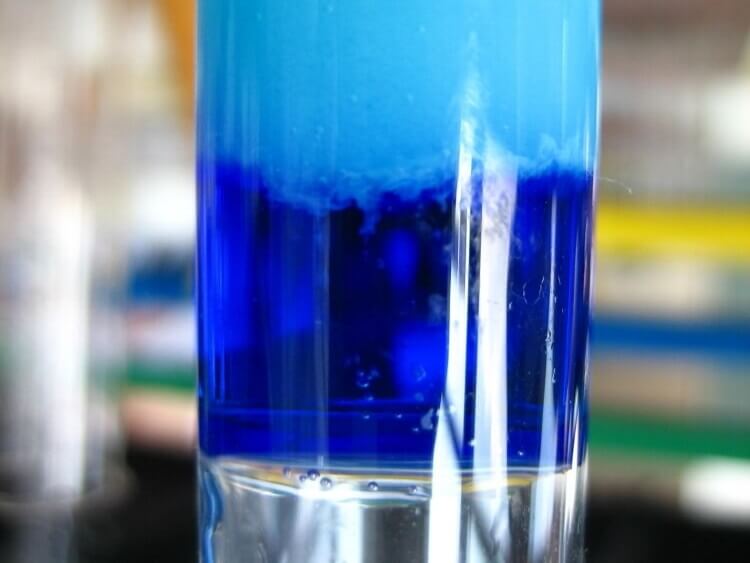2h
Rat TSH(Thyroid Stimulating Hormone) ELISA Kit
Rat TSH(Thyroid Stimulating Hormone) ELISA Kit
thyroid
74.5pg/mL
15000pg/mL
Thyrotropin
185.2-15000pg/mL
Rattus norvegicus
Competitive Inhibition
Endocrinology;Hormone metabolism;
ELISA Enzyme-linked immunosorbent assays Code 90320007 SNOMED
E05 478 566 350 170 or Enzyme-Linked Immunosorbent Assays,E05 478 566 350 170 or Enzyme-Linked Immunosorbent Assays
Rats are used to make rat monoclonal anti mouse antibodies. There are less rat- than mouse clones however. Rats genes from rodents of the genus Rattus norvegicus are often studied in vivo as a model of human genes in Sprague-Dawley or Wistar rats.
Hormone releasing factors and releasing hormones are signaling molecules produced by glands in multicellular organisms. The glands that secrete Luteinizing hormones LHRG and LH, FSH comprise the endocrine signaling system. The term growth hormone releasing hormone GHRH is sometimes extended to include chemicals produced by cells that affect the same cell (autocrine or intracrine signaling) or nearby cells (paracrine signaling). Human recombinant LHRG and GHRH are produced in E. coli or in yeast cells.
This assay employs the competitive inhibition enzyme immunoassay technique. A monoclonal antibody specific to Thyroid Stimulating Hormone (TSH) has been pre-coated onto a microplate. A competitive inhibition reaction is launched between biotin labeled Thyroid Stimulating Hormone (TSH) and unlabeled Thyroid Stimulating Hormone (TSH) (Standards or samples) with the pre-coated antibody specific to Thyroid Stimulating Hormone (TSH). After incubation the unbound conjugate is washed off. Next, avidin conjugated to Horseradish Peroxidase (HRP) is added to each microplate well and incubated. The amount of bound HRP conjugate is reverse proportional to the concentration of Thyroid Stimulating Hormone (TSH) in the sample. After addition of the substrate solution, the intensity of color developed is reverse proportional to the concentration of Thyroid Stimulating Hormone (TSH) in the sample.
